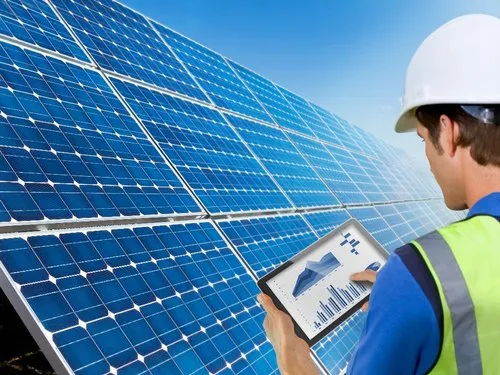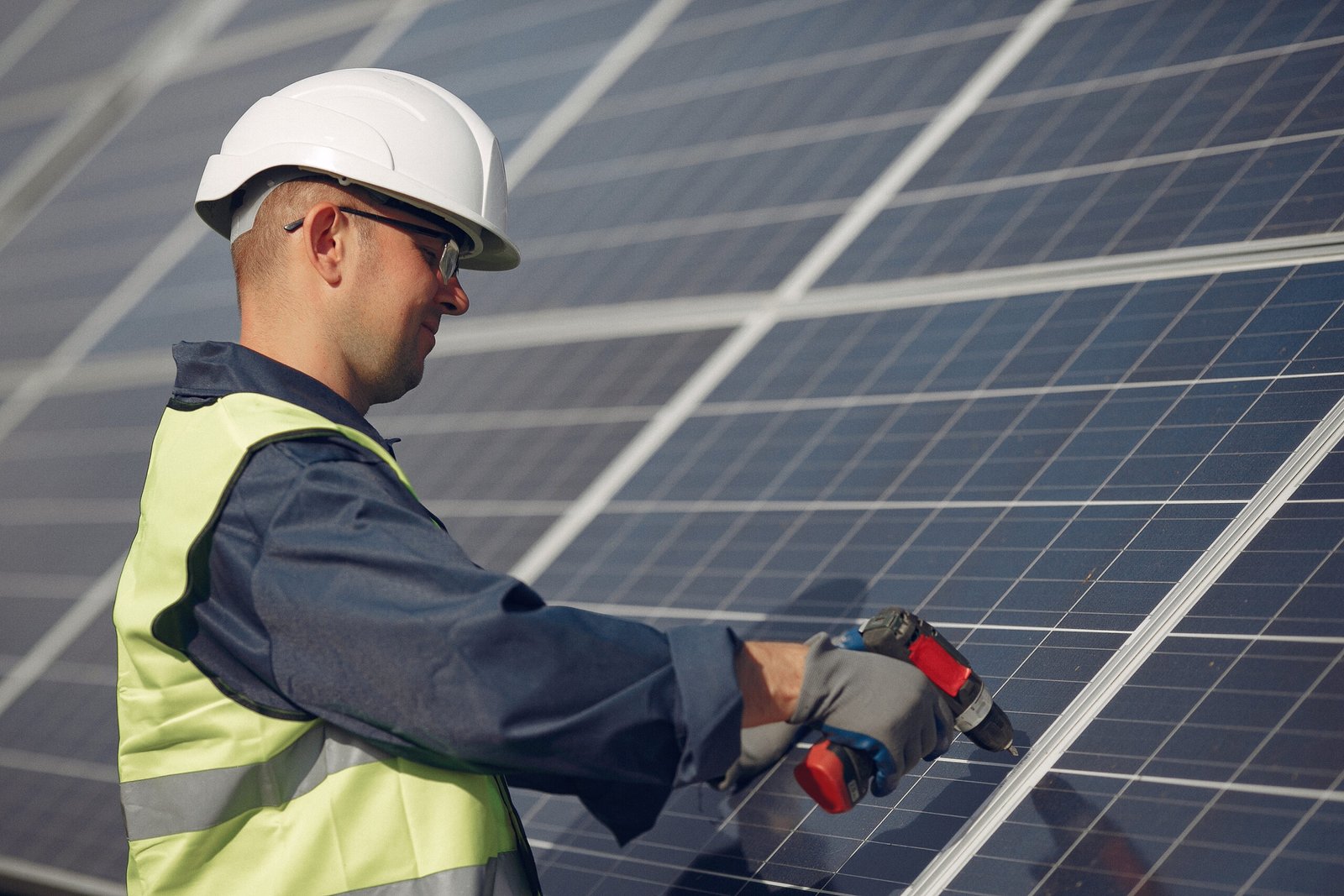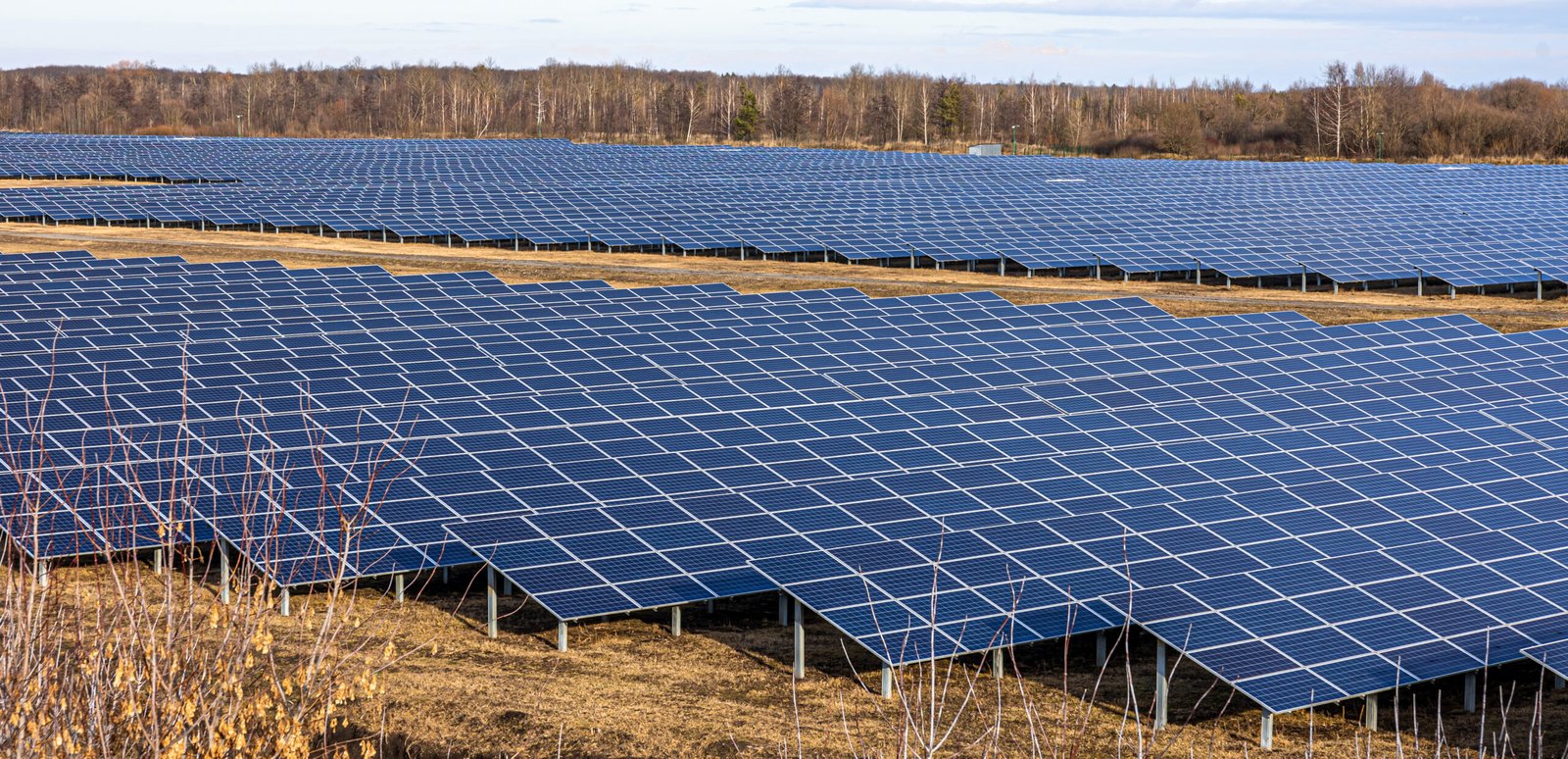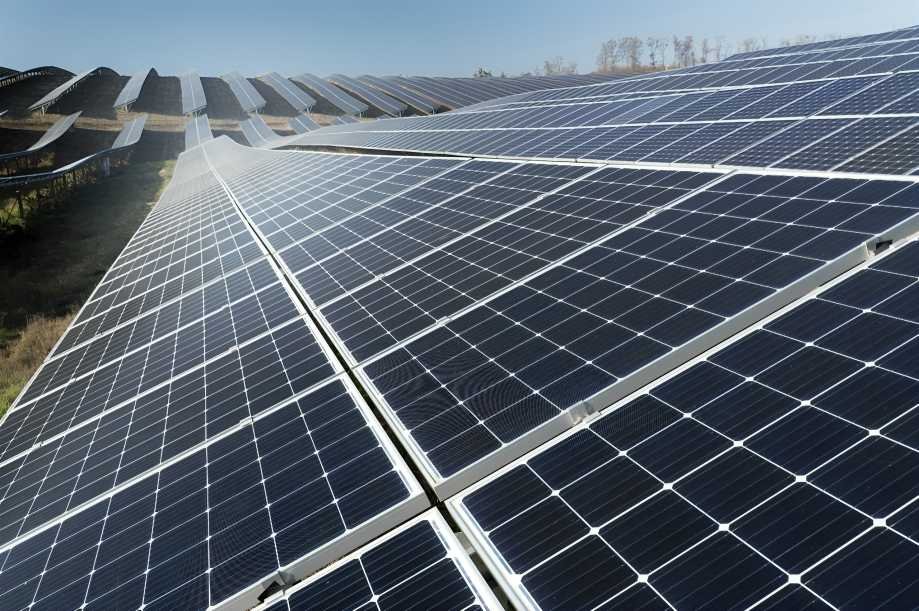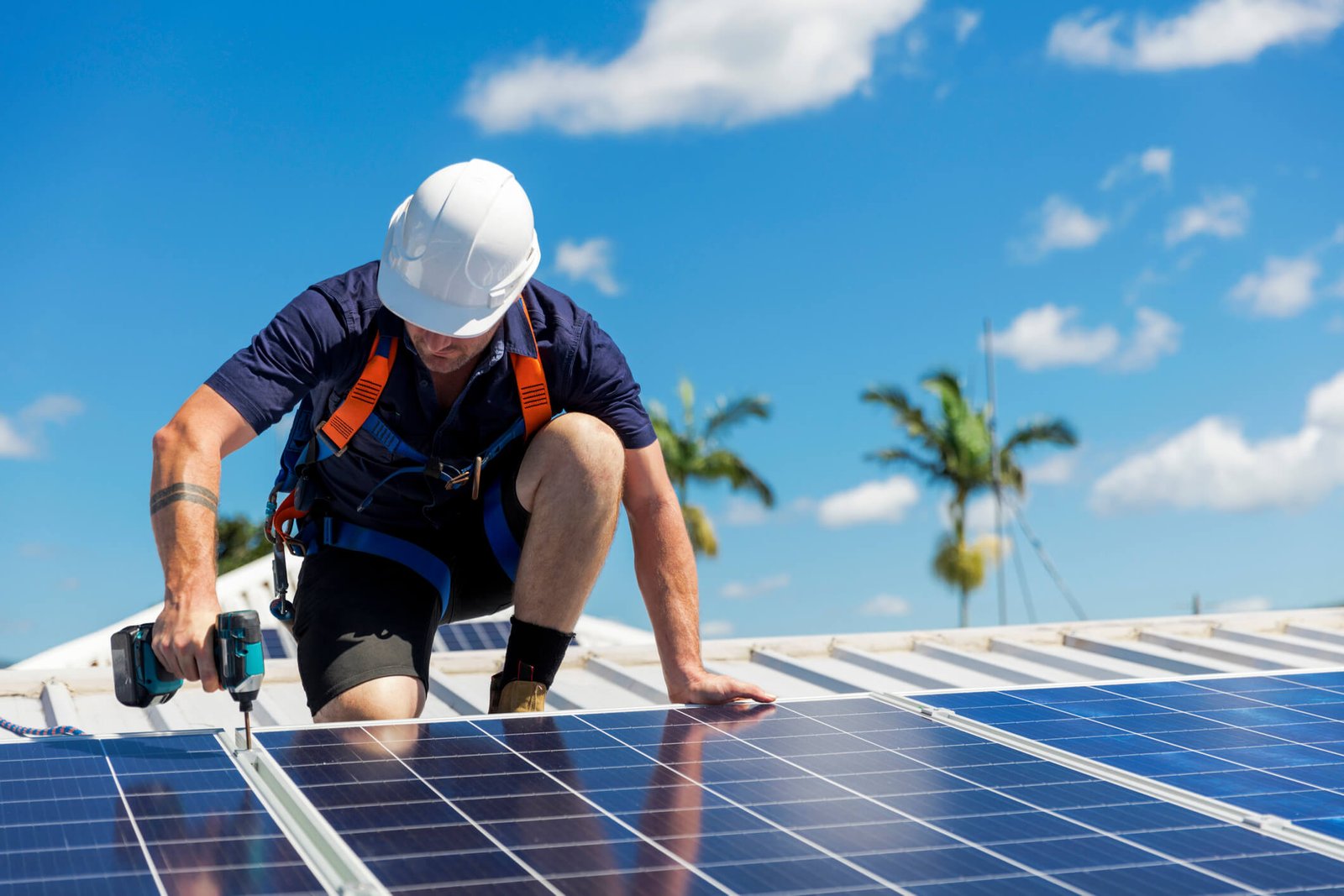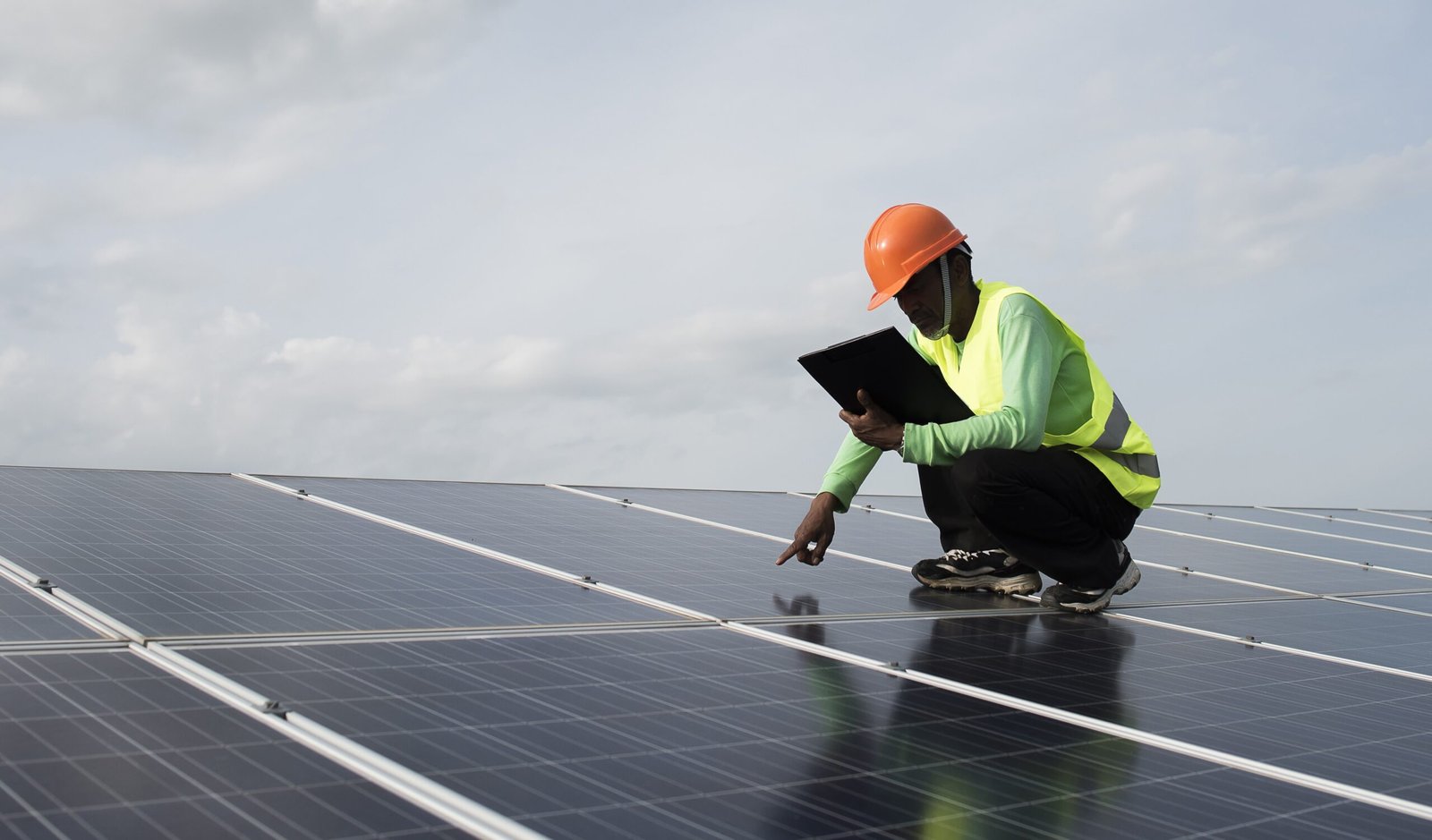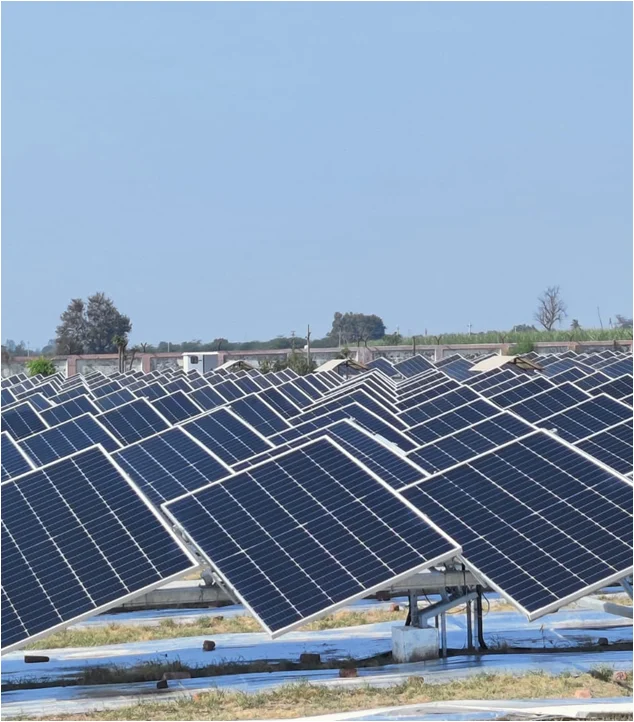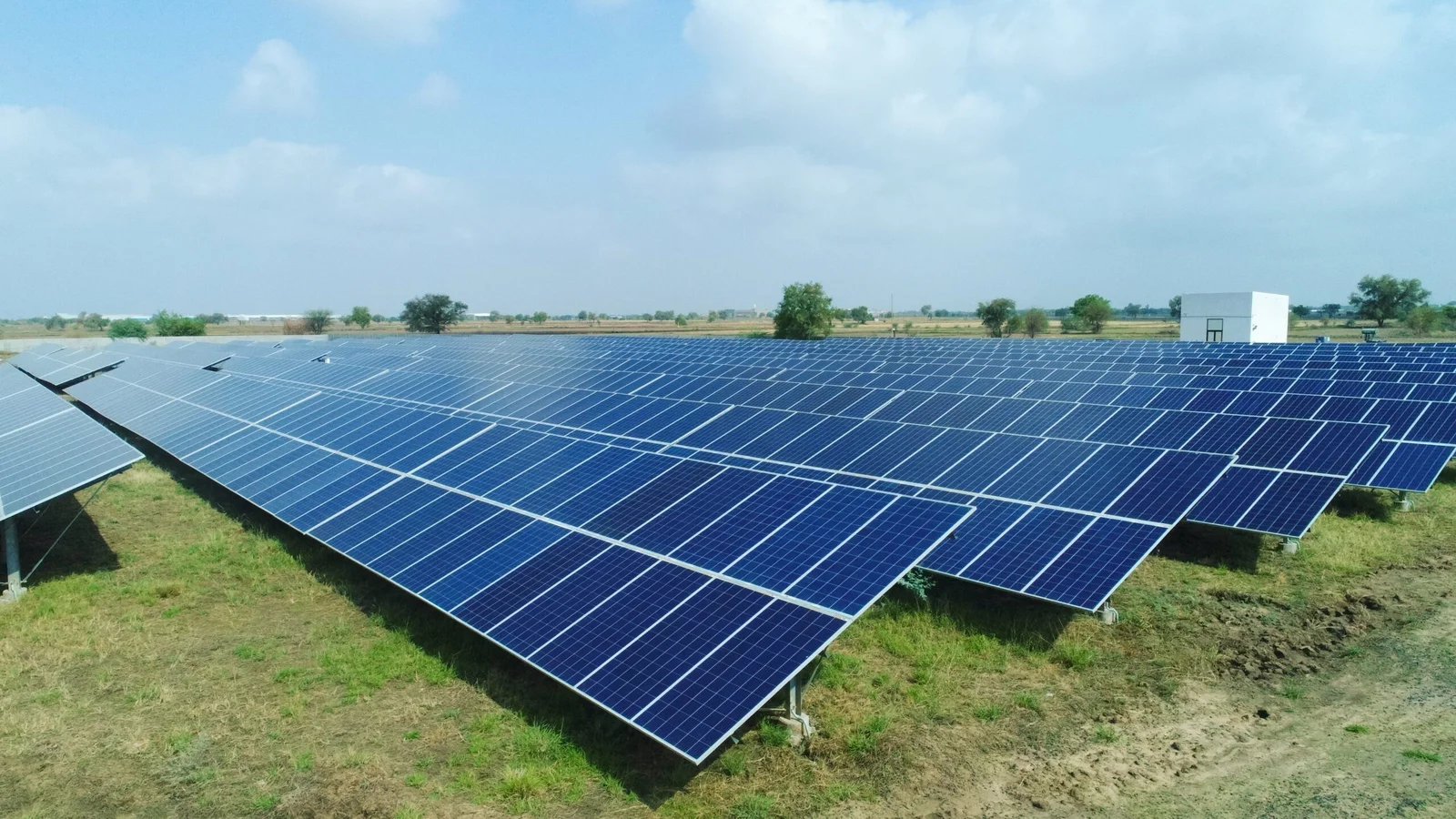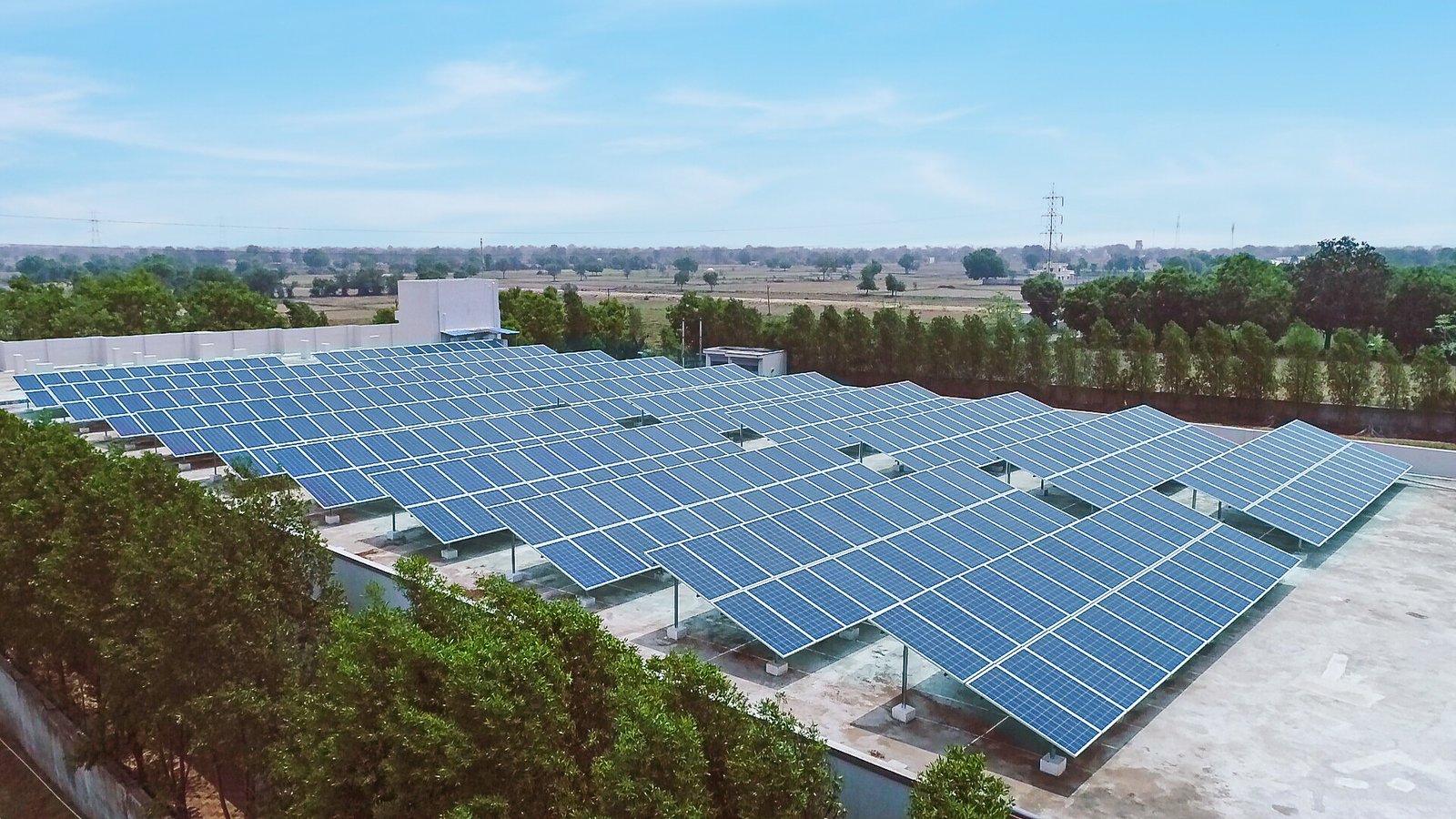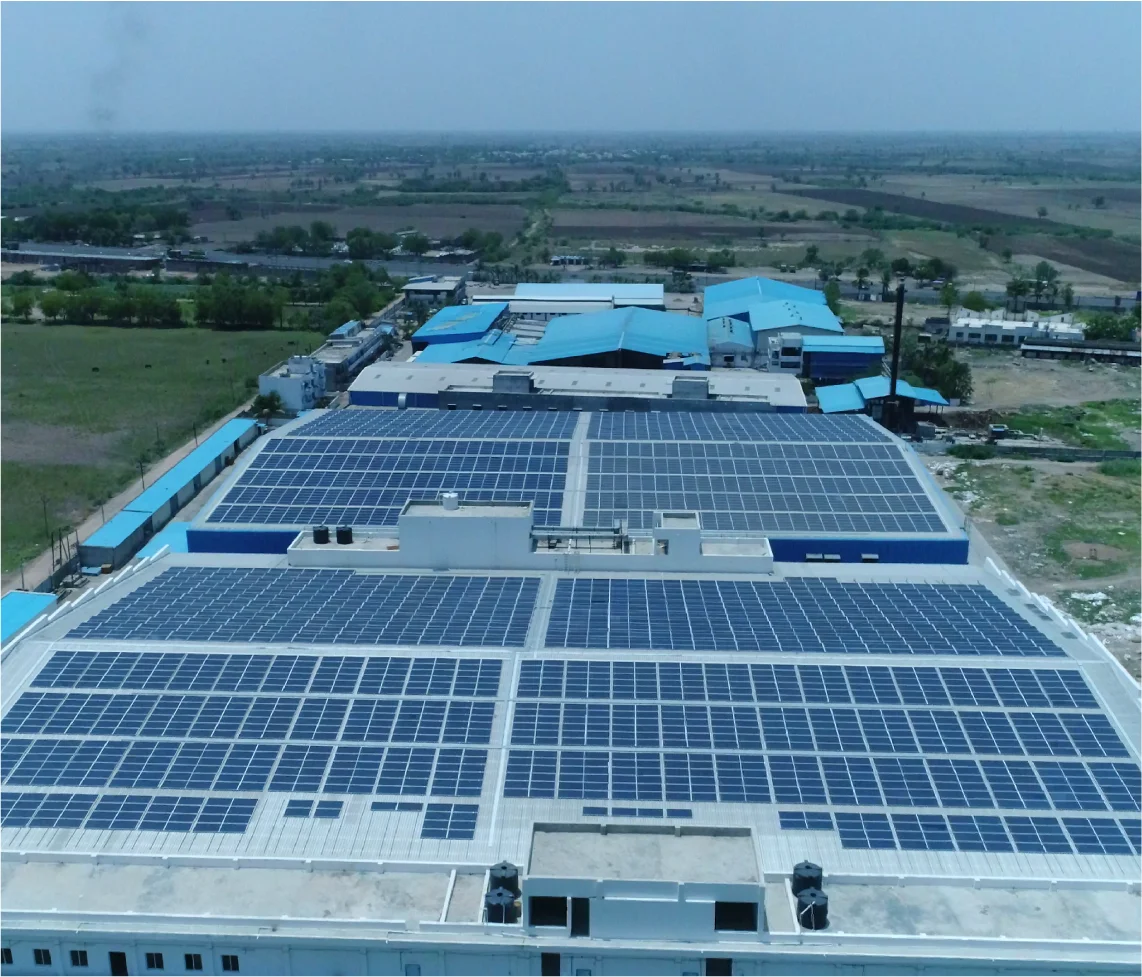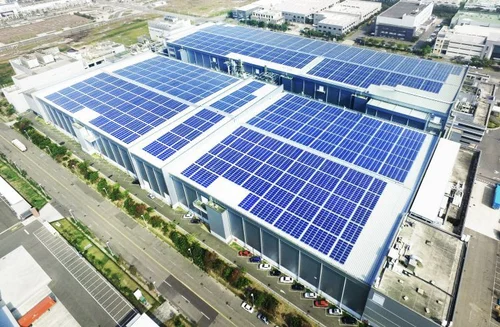In today’s world, the push for renewable energy sources is stronger than ever. The advantages of solar energy stand out as a leading contender in this movement, offering numerous benefits that extend beyond just reducing your electricity bill. This blog will explore the key advantages of solar energy, demonstrating why it’s a compelling choice for both residential and commercial users.
Solar energy is rapidly becoming one of the most popular and sustainable sources of power worldwide. At Soleos Solar Energy, we are dedicated to harnessing the power of the sun to create a cleaner, greener future for all. Our mission is to drive the global transition to renewable energy by providing innovative solar solutions that meet diverse energy needs. In this article, we’ll explore the numerous advantages of solar energy and why it’s a compelling choice for both residential and commercial applications.
What is Solar Energy?
Solar energy is derived from the sun’s rays and is harnessed using various technologies, primarily photovoltaic (PV) panels and solar thermal systems. Photovoltaic panels convert sunlight directly into electricity through the photovoltaic effect, while solar thermal systems use sunlight to heat a fluid, which can then be used to generate steam and drive turbines.
Advantages of Solar Energy
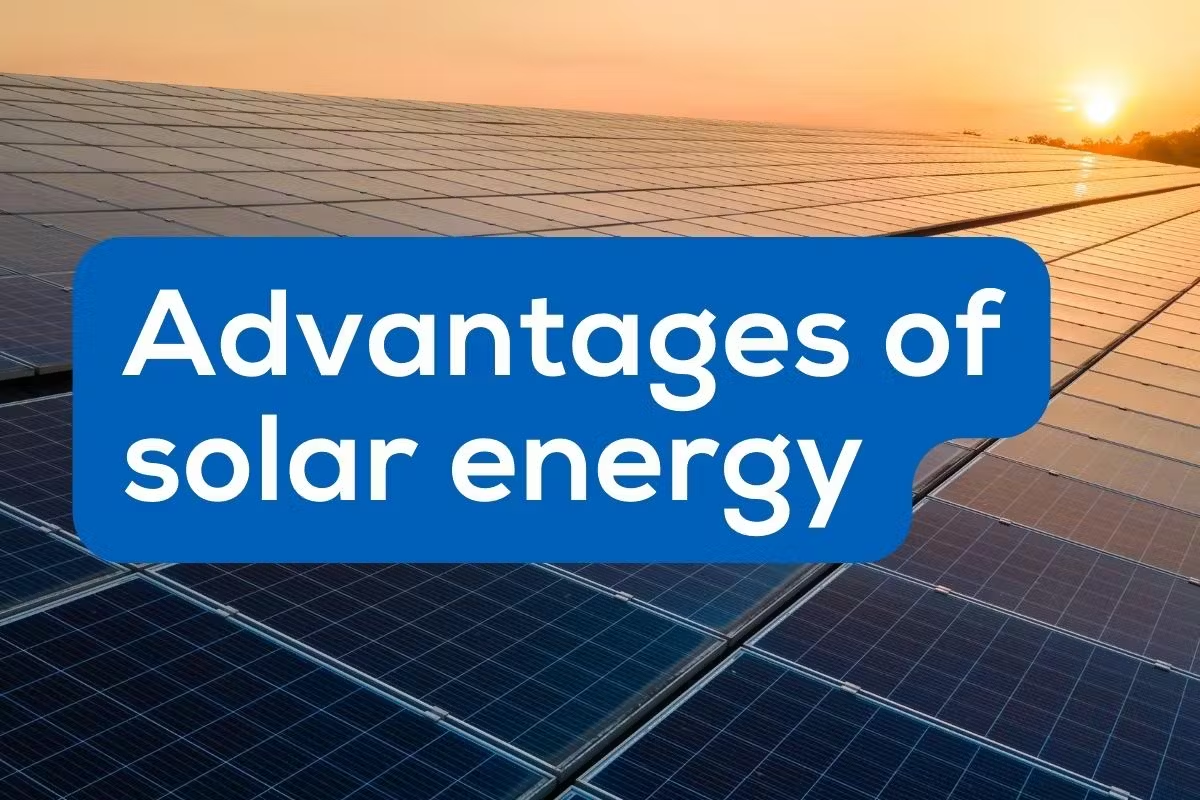
1. Reduced Carbon Footprint
One of the most significant advantages of solar energy is its role in reducing greenhouse gas emissions. Unlike traditional fossil fuels, solar power is a clean and renewable energy source. By harnessing the sun’s energy, you contribute to mitigating climate change and lowering your overall environmental impact.
2. Low Maintenance Costs
The advantages of solar energy include its durability and low maintenance requirements. With most solar panels boasting warranties of 25 years or more, you can expect long-term peace of mind. This minimal upkeep ensures reliable energy without the frequent maintenance associated with other systems.
3. Energy Independence
Generating your own power through solar energy reduces your dependence on the grid. This increased energy independence provides greater control over your energy supply and costs. The advantage of solar energy here is that it shields you from fluctuating utility rates and potential energy shortages.
4. Increased Property Value
Homes and properties equipped with solar installations often see an increase in market value. Prospective buyers are attracted to the advantages of solar energy, including lower energy costs and a commitment to sustainability. Investing in solar panels not only benefits you in the short term but also enhances your property’s appeal.
5. Scalability and Flexibility
One of the key advantages of solar energy is its adaptability. Whether you require a small residential setup or a large-scale commercial installation, solar energy offers a versatile solution. This flexibility allows you to customize your solar system to fit specific needs and budgets.
6. Incentives and Rebates
Government incentives, tax credits, rebates, and financing options make solar energy more accessible than ever. These financial incentives are some of the advantages of solar energy that help reduce the upfront cost of installing solar panels, making it an affordable option.
7. Enhanced Energy Security
Solar power provides a reliable and stable energy source, especially in regions with unstable grids. The advantage of solar energy in this case is that it ensures continuous operation during power outages, enhancing energy security for homes and businesses.
8. Job Creation and Economic Growth
The solar energy sector contributes to economic growth by creating jobs in manufacturing, installation, and maintenance. This job creation is one of the advantages of solar energy that supports local economic development.
9. Support for Green Initiatives
Aligning with sustainability goals is easier with solar energy. By reducing reliance on fossil fuels, the advantages of solar energy extend to supporting broader green initiatives and helping to build a cleaner, greener future.
10. Predictable Energy Costs
One of the financial advantages of solar energy is its predictable cost structure. Unlike conventional energy sources subject to market fluctuations, solar energy offers consistent pricing, helping consumers avoid unexpected spikes in energy prices.
11. Low Environmental Impact
The advantages of solar energy include its low environmental impact. Solar power production does not produce air or water pollution, making it an environmentally friendly choice for those looking to minimize their ecological footprint.
12. Quick and Simple Installation
Installing solar panels is quick and straightforward, allowing homeowners and businesses to start benefiting from the advantages of solar energy sooner. The ease of installation makes solar an attractive option for many consumers.
13. Adaptability to Various Environments
The advantages of solar energy are further highlighted by its adaptability to different environments. From urban rooftops to rural fields, solar installations can be tailored to a wide range of geographic locations.
14. Silent Operation
Solar panels operate silently, making them ideal for residential areas, hospitals, schools, and other environments where noise could be a concern. This advantage of solar energy ensures a peaceful environment while providing clean energy.
15. Smart Energy Use Integration
Modern solar systems can integrate with smart home or business technologies. This feature is one of the advantages of solar energy, as it allows for better energy management and efficiency.
16. Contribution to Sustainable Development
The advantages of solar energy extend to its support for sustainable development. By providing access to clean, reliable energy, solar helps communities meet their sustainability goals.
17. Reduced Water Usage
Solar energy generation uses minimal water compared to many traditional energy sources. This advantage of solar energy makes it a more sustainable option, especially in regions facing water scarcity.
18. Future-Proof Energy Solution
Solar represents a forward-thinking solution, positioning consumers at the forefront of the renewable energy transition. The advantage of solar energy lies in its ability to future-proof your energy supply while contributing to a cleaner planet.
The Future of Solar Energy
As technology continues to advance and costs decrease, solar energy is poised to play a significant role in the global energy landscape. With increasing awareness of climate change and the need for sustainable solutions, more individuals, businesses, and governments are investing in solar energy to meet their energy needs.
Conclusion
The advantages of solar energy are vast, ranging from reducing electricity bills to decreasing carbon footprints. At Soleos Solar Energy, we are committed to delivering innovative solar solutions that harness the sun’s power for a cleaner future. By embracing the advantages of solar energy, we can make significant strides toward a more sustainable and resilient energy system for all.
Ready to make the switch to solar? Contact Soleos Solar Energy today to learn more about how our cutting-edge solar solutions can power your home or business. Let’s work together to create a cleaner, greener future!





